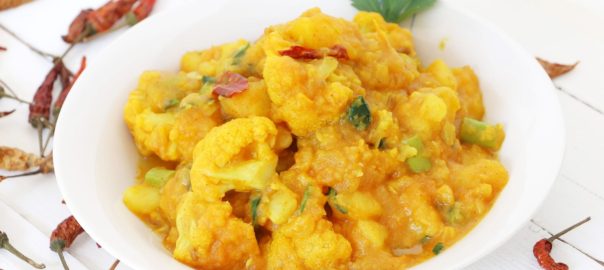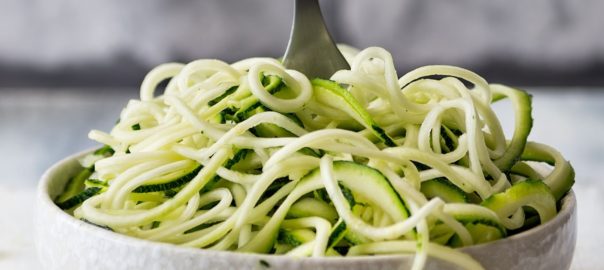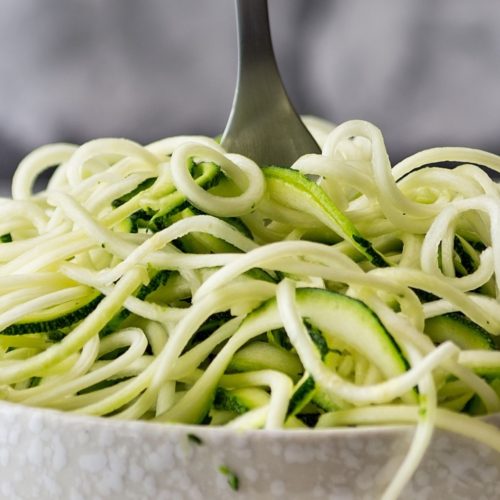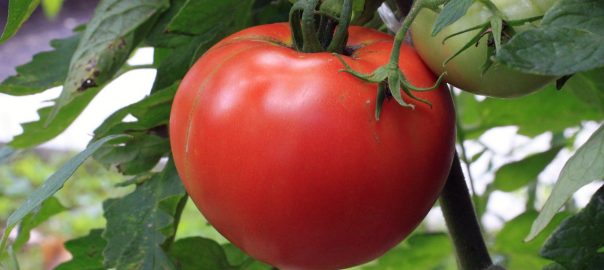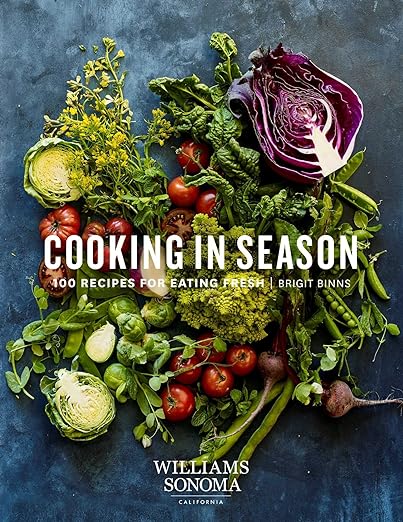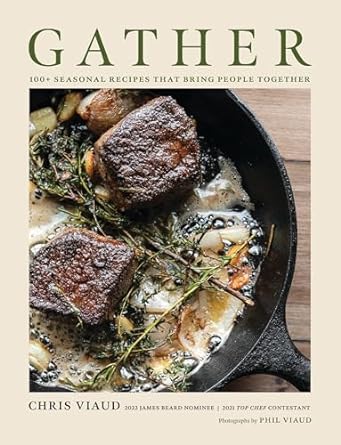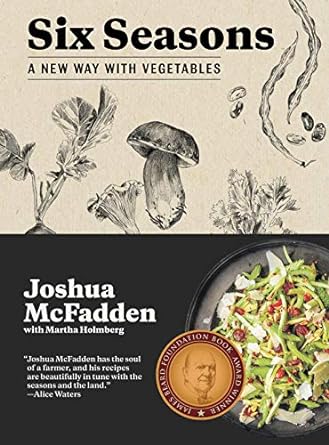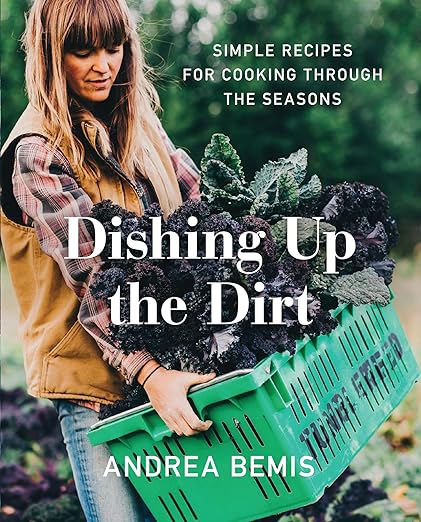I recently got asked the question, “How do I eat more fruit and veggies, I don't think I'm eating enough?” That's a good question. And one that's faced by a lot of people. Especially parents who are trying to encourage their children to eat a healthier diet.
One of the best ways I have found to encourage people to eat more fruits and vegetables is to have them on hand and convenient. This means they are not in your fridge just rotting in the bottom of your crisper drawer. I frequently encourage people to cut them up, prepare and make containers. Set them out on the shelf in your fridge and it's a grab-and-go snack. They can either be sorted by type of food or you can make “snack packs” with an assortment. Either way if you're in the mood to munch and you open the fridge door to see a convient snack right there you may find yourself eating more healthy choices.
Another way is to add veggies to other foods. You would not believe what gets added to my homemade spaghetti sauce. Add shredded veggies to a lasagna. Double the veggies in your omelette or frittata. What about soups? Loaded with pureed veggies, especially if it's a creamy style soup base is an easy way to boost your veggie intake without trying very hard. The trick is to make sure that you put in things that will not overwhelm your soup. Sharper tasting foods such as cruciferous vegetables (cabbage, cauliflower, broccoli, etc) or onions may not appeal to some. Mucilaginous textured foods such as okra may not appeal to others. Experiment and be mindful of what you are adding in.
Choose seasonal fruits and vegetables. I can't stress this enough. A tomato in season and from a farmer's market (if possible) tastes like the most delicious, amazing thing. A tomato in the middle of winter with a waxy coating tastes like cardboard. When foods are in season, and hopefully local, they are picked close to ripeness. Otherwise they may be picked early, stored, and then force ripened with ethylene gas. This forced ripening does not allow the flavor to come through, it just makes it look ripe. If you're eating unappealing, non-tasty fruits and vegetables it does not encourage you to want to eat more. As a side benefit, you really appreciate things when you can only have them in season.
Make different choices when you eat out. There are tasty ways to add more veggies to your diet when you are eating out which allow you to still enjoy your dining experience but avoid getting bogged down by the simple carbs and other unhealthy choices.
Skip the juice and eat the fruit. Did you know that it takes an average of 4 oranges to make 8 ounces of orange juice? That's a lot of sugar and those extra calories add up pretty quickly. It would be pretty difficult to eat four oranges in one sitting. However each orange you eat comes with a significant amount of fiber which helps to slow down the glycemic effect. The same is true for other juices. Switch your juice to water (add a few slices of fruit for flavor if you like) and eat the fruit instead.
Keep a food journal. An 8.5 x 11 sheet of paper folded into quarters gives you 8 spots to write down what you eat each day. If you're looking to increase things like water consumption (always a good idea) and fruits and veggies set a goal for yourself and then keep track of it. By looking back over the week you'll be able to see if you're meeting your goal and where you can make changes to increase your consumption a little at a time.
Small changes add up over time. By making one or two adjustments you may soon find yourself eating more healthy fruits and veggies.


